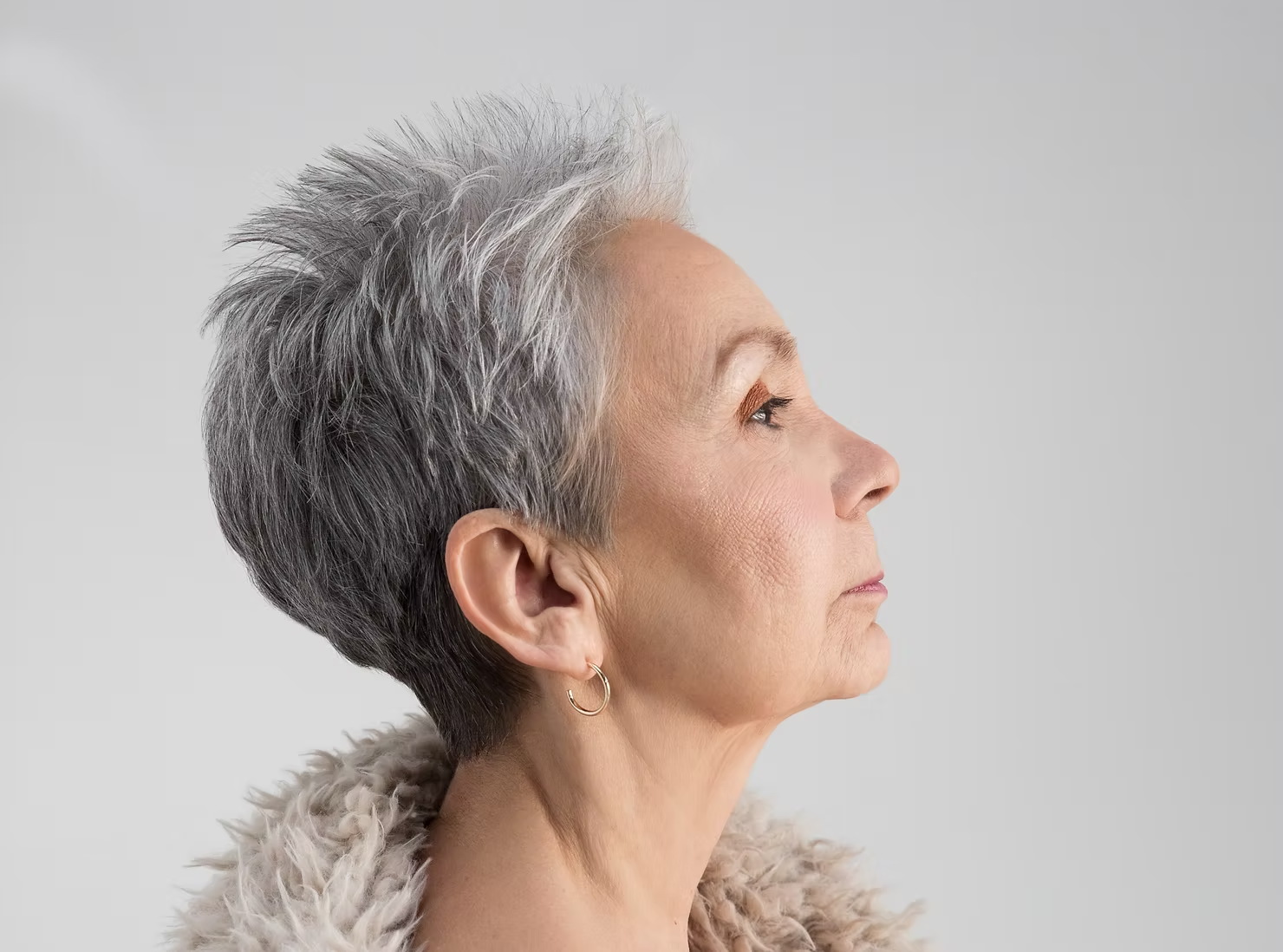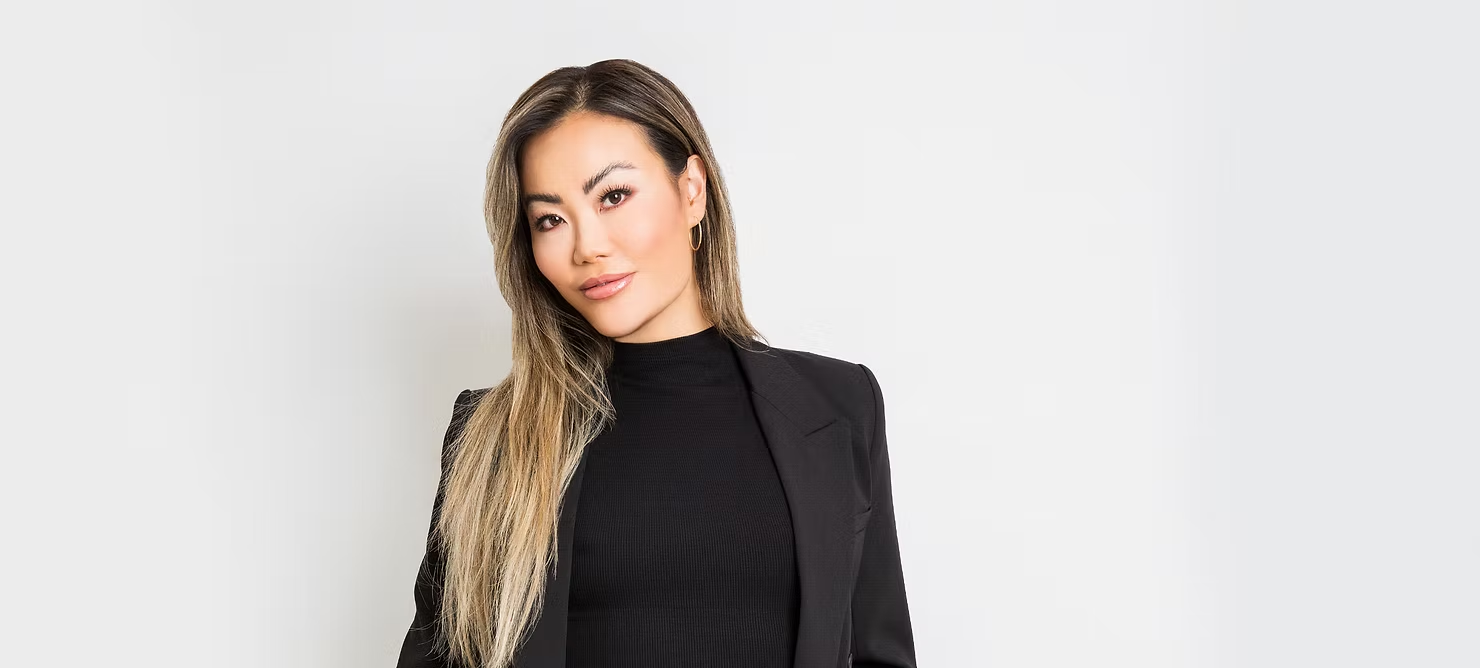In the realm of aesthetic medicine, dermal fillers have gained considerable popularity as time-defying treatments. Among several types of fillers, those made of hyaluronic acid (HA) lead the pack in delivering natural, younger-looking results. But what is this magical ingredient, and why is it lauded as the skincare superstar? Let’s delve into the secrets behind hyaluronic acid and understand its role in dermal fillers.
What Is Hyaluronic Acid?
Hyaluronic acid is a naturally occurring sugar molecule in our bodies, primarily found in our skin, connective tissues, and eyes. Its primary function is to retain water to keep tissues well-lubricated and moist. HA holds the key to smooth, flawless, and hydrated skin and plays a vital role as we age.
The Role of Hyaluronic Acid in Our Skin
As we age, our skin loses the ability to preserve moisture, resulting in the visible loss of firmness, pliability, and a diminished appearance. Here is where HA steps in—it replenishes the moisture that is crucial to having younger-looking, radiant, and supple skin. Even though our bodies naturally produce HA, production slows over time, leading to dehydration, volume loss, and the development of wrinkles and lines.
Hyaluronic Acid in Dermal Fillers
Dermal fillers composed of HA serve as an effective way to reverse visible signs of aging. By injecting HA directly into the skin, we can restore lost volume, smooth lines and wrinkles, and enhance facial contours. Because HA is naturally present in the skin, these fillers carry minimal risk of allergic reactions or irritation and integrate seamlessly with your tissue.
Types of Dermal Fillers & Their Uses
At Kontour Medical Aesthetics, our expertise extends beyond HA-based fillers to include calcium hydroxylapatite (CaHa) fillers like Radiesse for volumization and collagen stimulation. Both HA and CaHa fillers deliver natural-looking enhancements and can be tailored to your features. Common treatment areas include:
Nasolabial Folds: Smooth lines running from the nose to the mouth.
Lips: Add volume and define shape for a refined pout.
Cheeks: Restore youthful fullness and contour.
Tear Troughs: Fill under-eye hollows to reduce the appearance of tired eyes.




